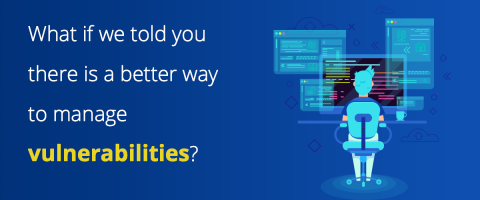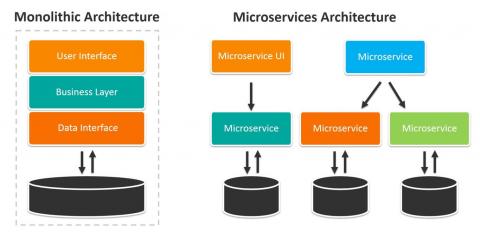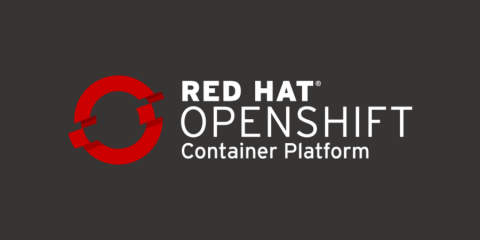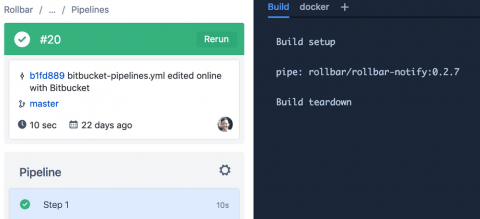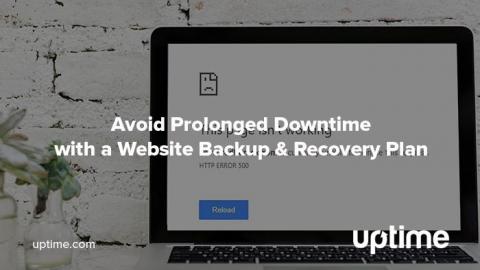How to handle AWS Lambda cold starts
Smarter people than myself, once said that you should do things you don’t like first so that you can enjoy the things you’re doing later. Nobody wants cold starts. They’re annoying, and we continuously feel an itching sensation in our brains because of them. The serverless world would be a much better place to work in if they weren’t there.




